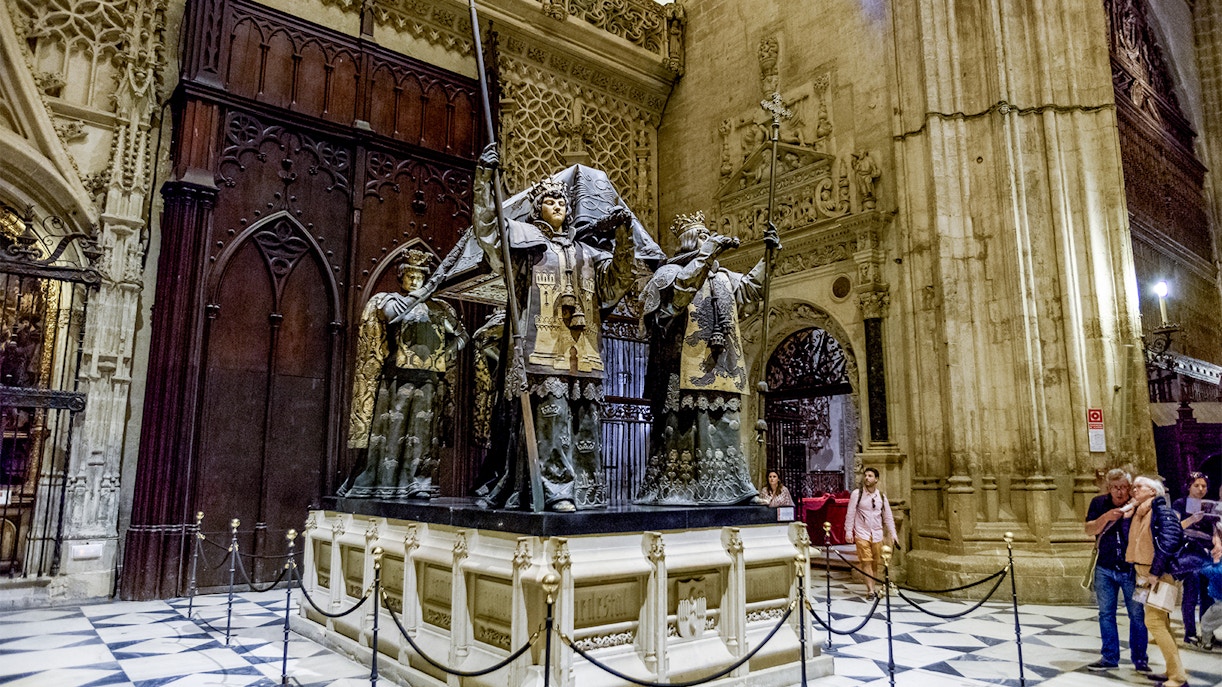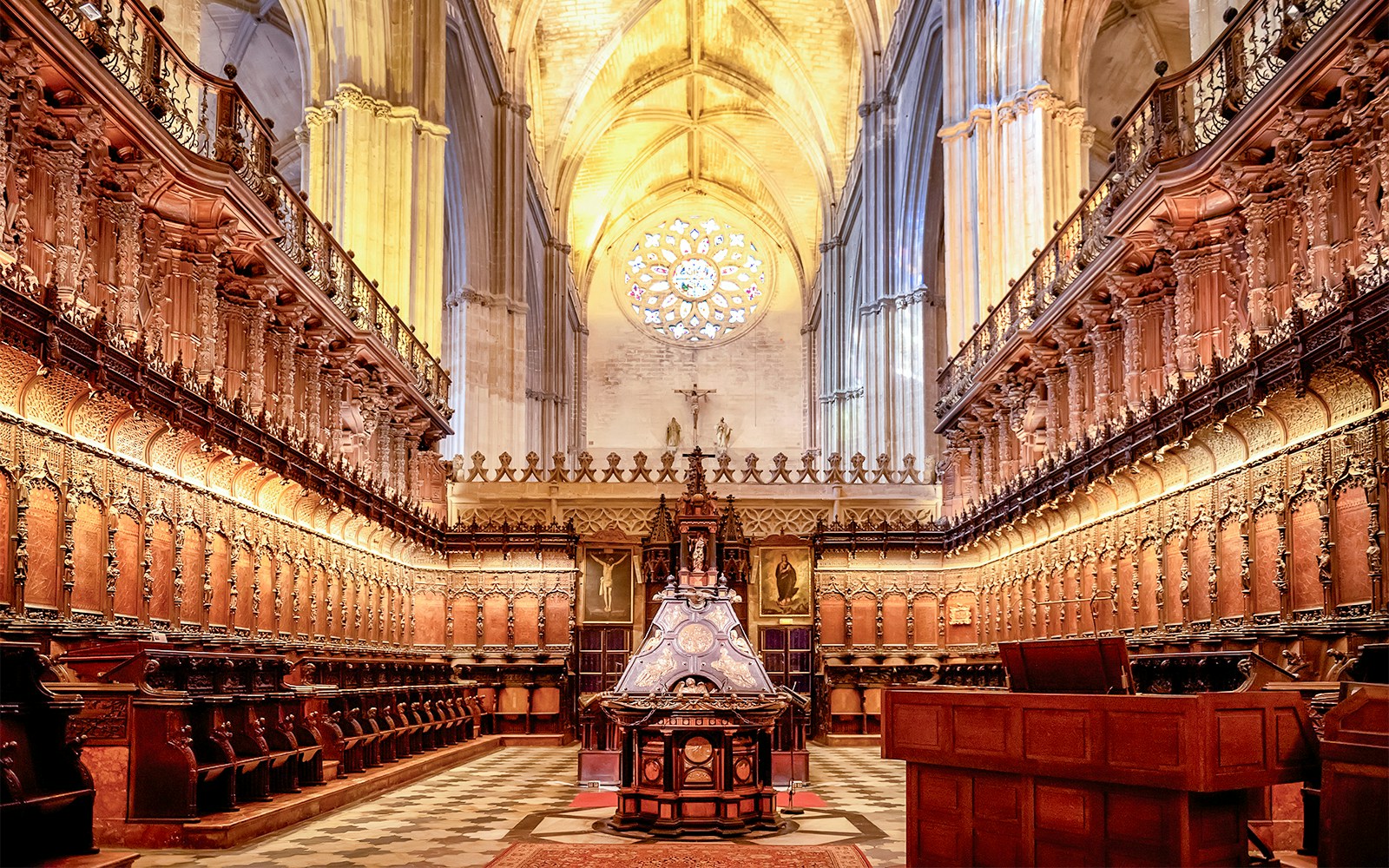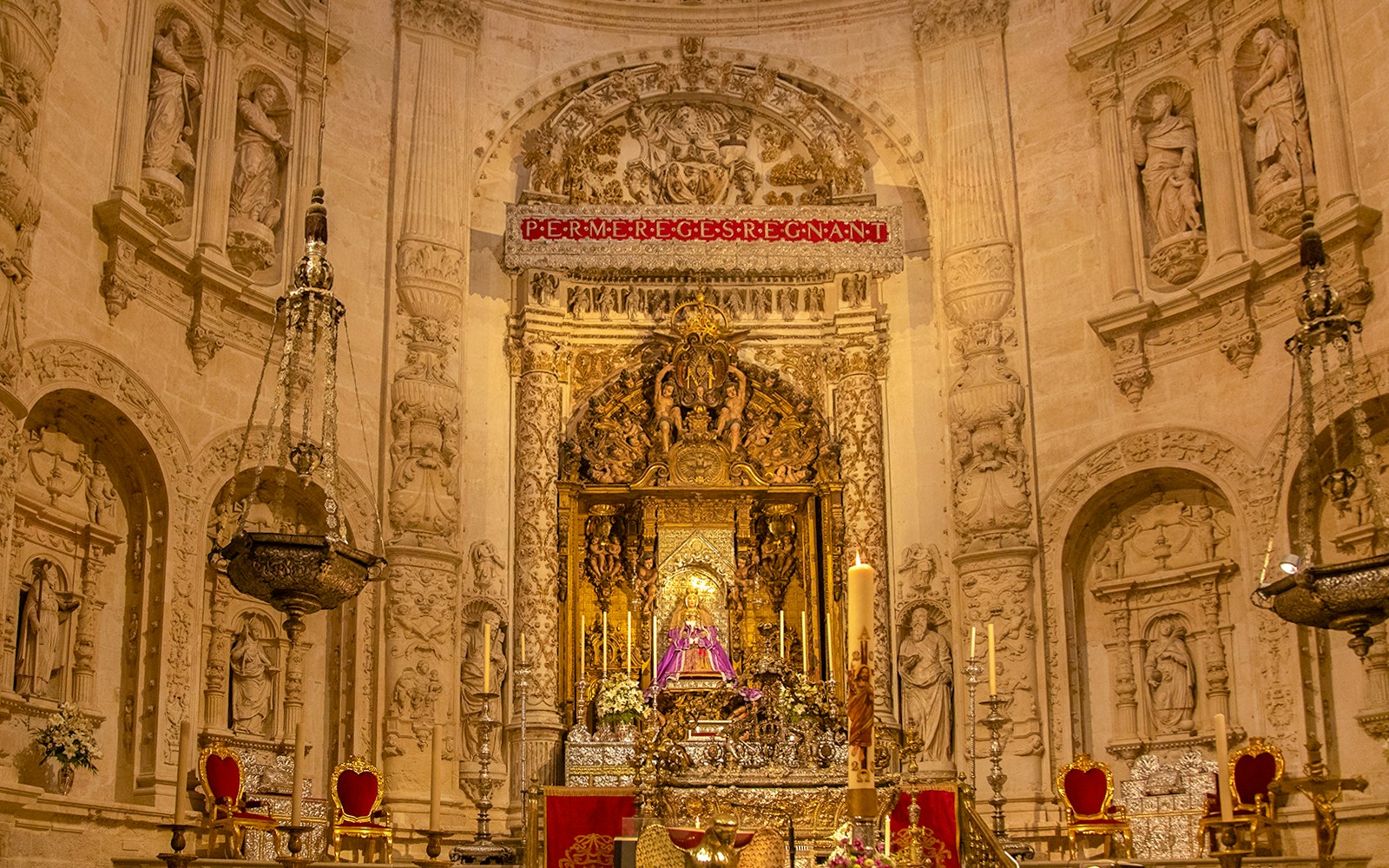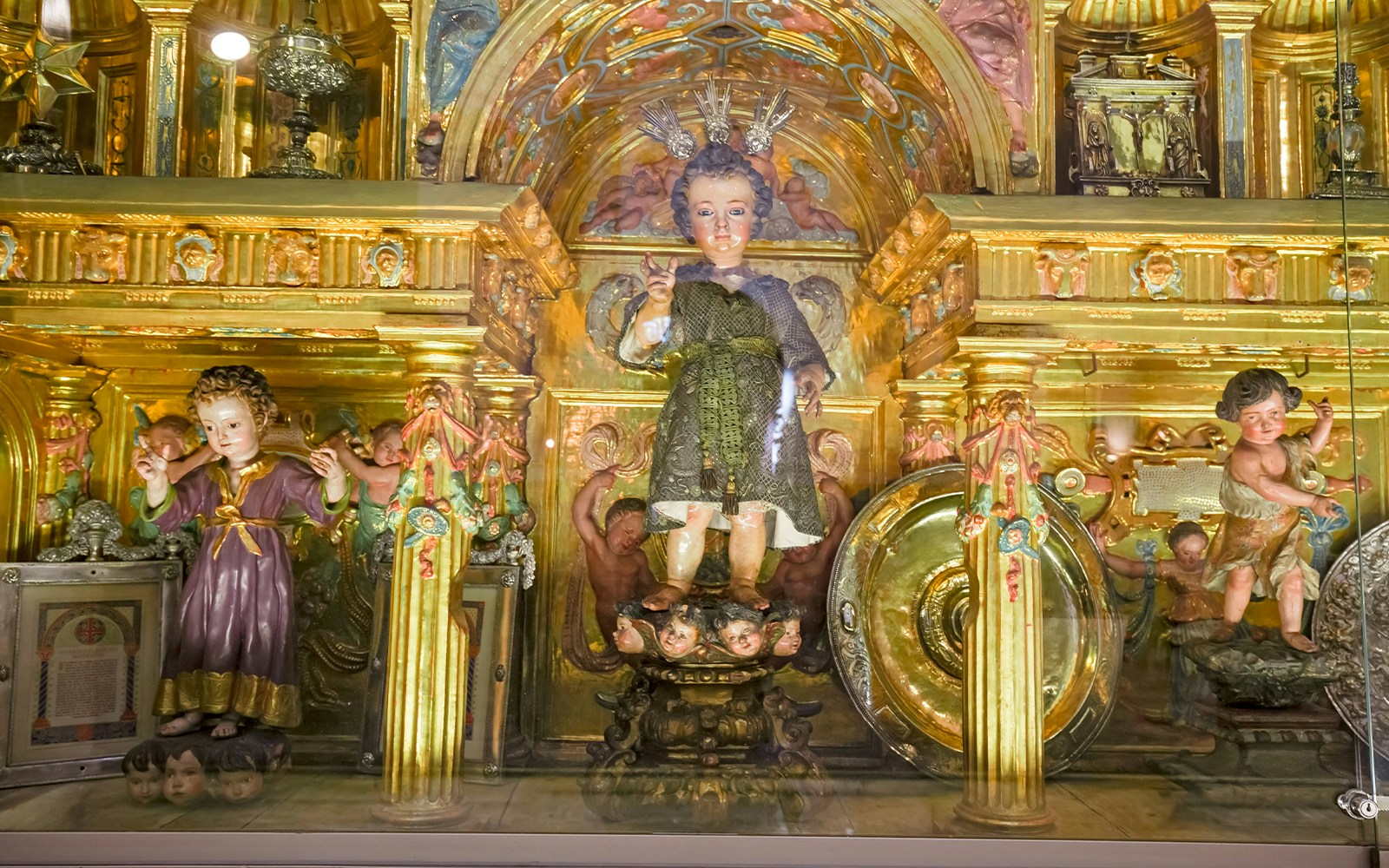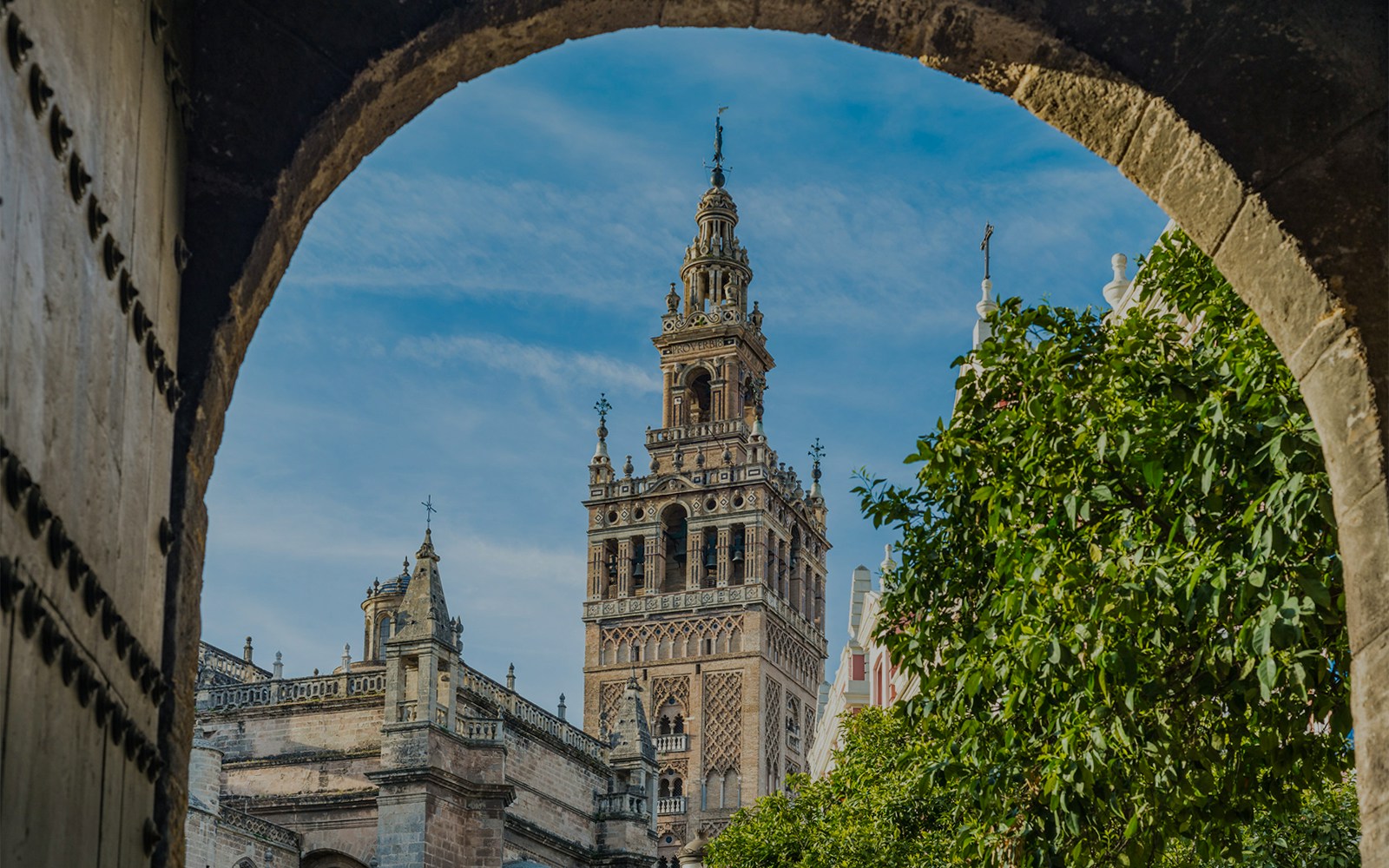Columbus died in Valladolid in 1506. His brother moved him to Seville, but Columbus wanted to rest in the New World. Spain sent his remains to Santo Domingo in 1542.
When Spain lost Santo Domingo in 1795, his body was shipped to Havana. A century later, Spain lost control of Cuba too, and Columbus then came back to Seville in 1898, where he now lies in an ornate tomb inside the cathedral.
Then came the twist. In 1877, workers in Santo Domingo found a lead box labeled: "The illustrious and excellent man, Don Colon." Seville says they have him. Santo Domingo says the same. DNA tests confirm Seville’s claim—but not entirely.
Columbus’ bones, much like his story, remain scattered.
